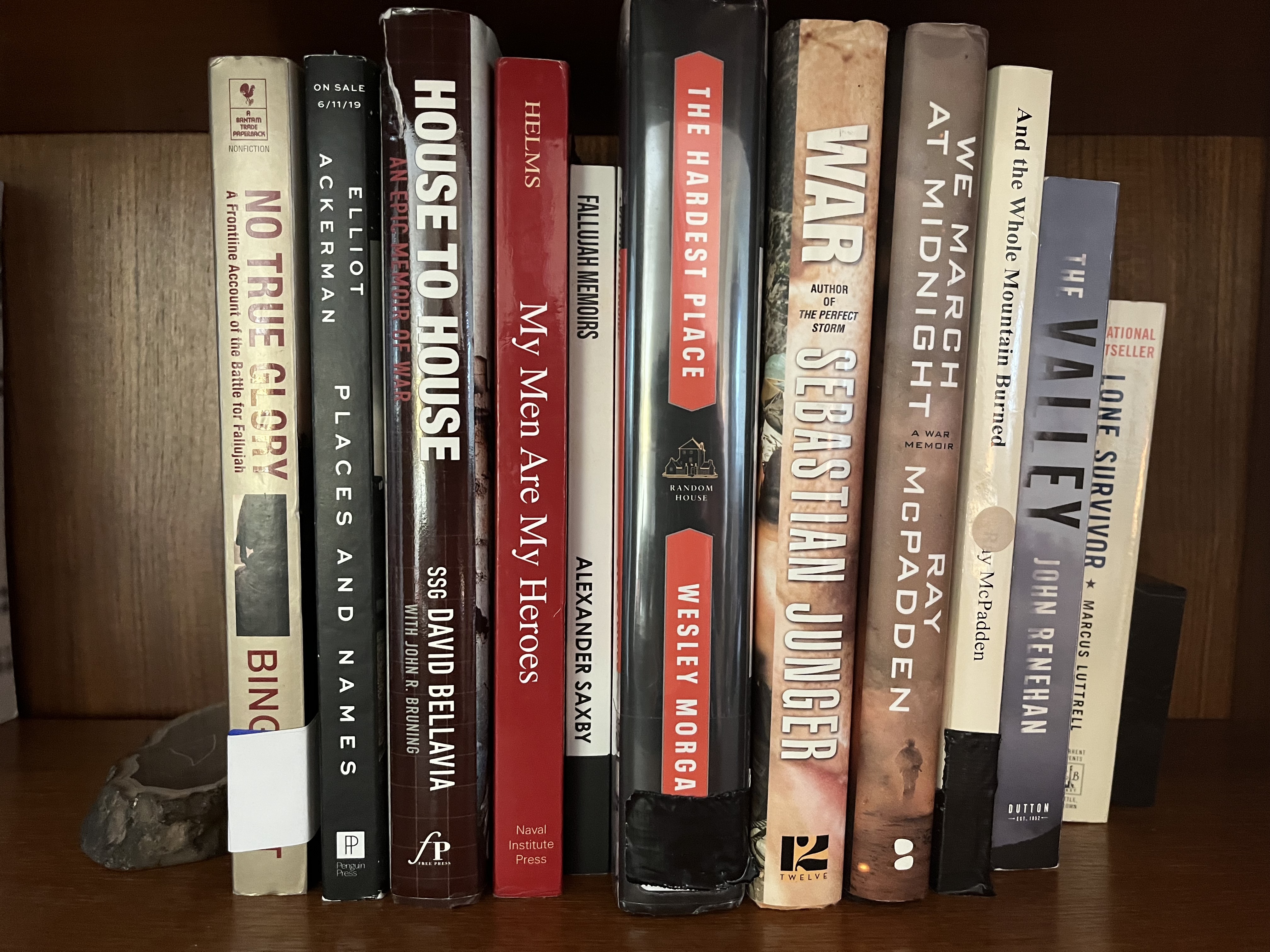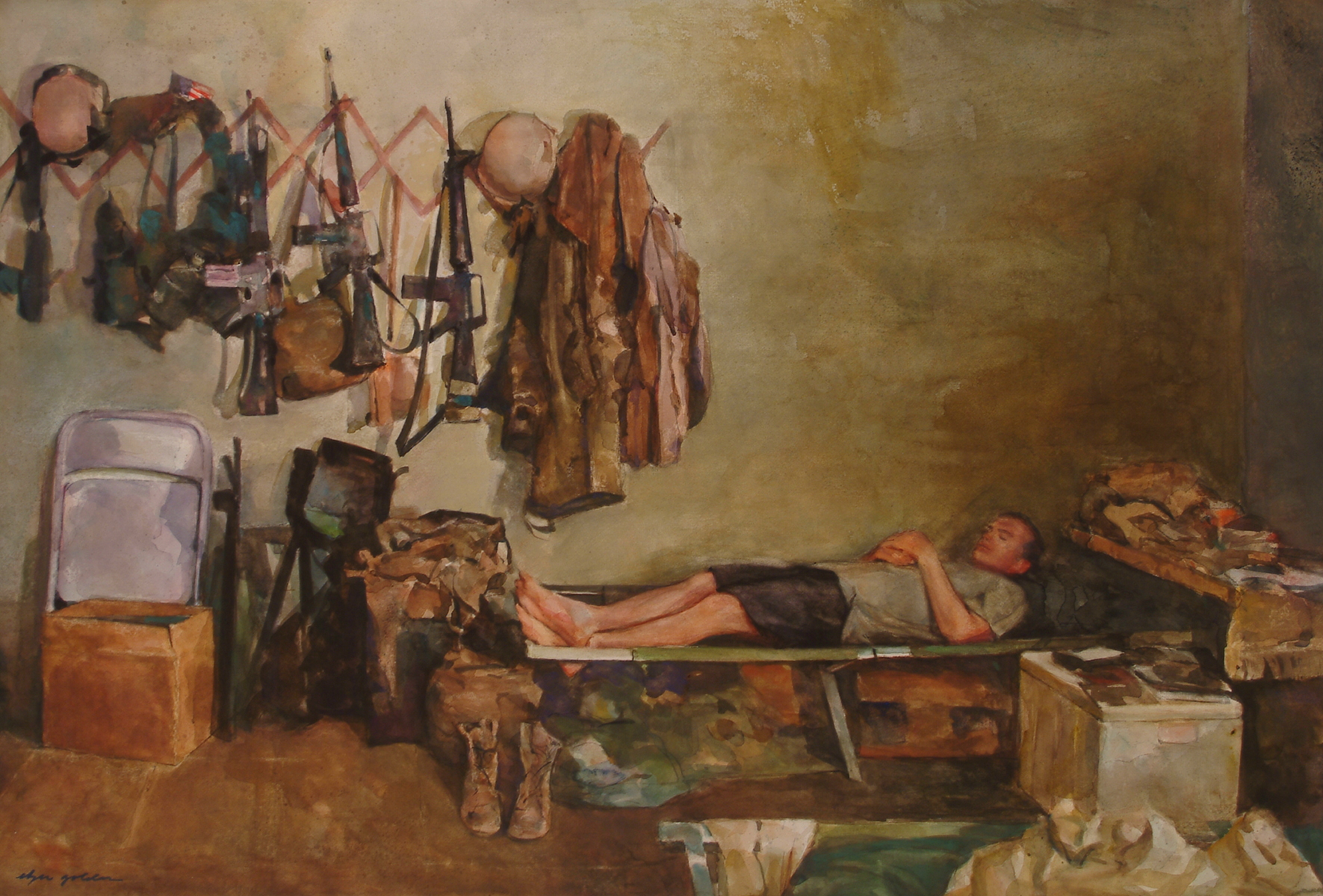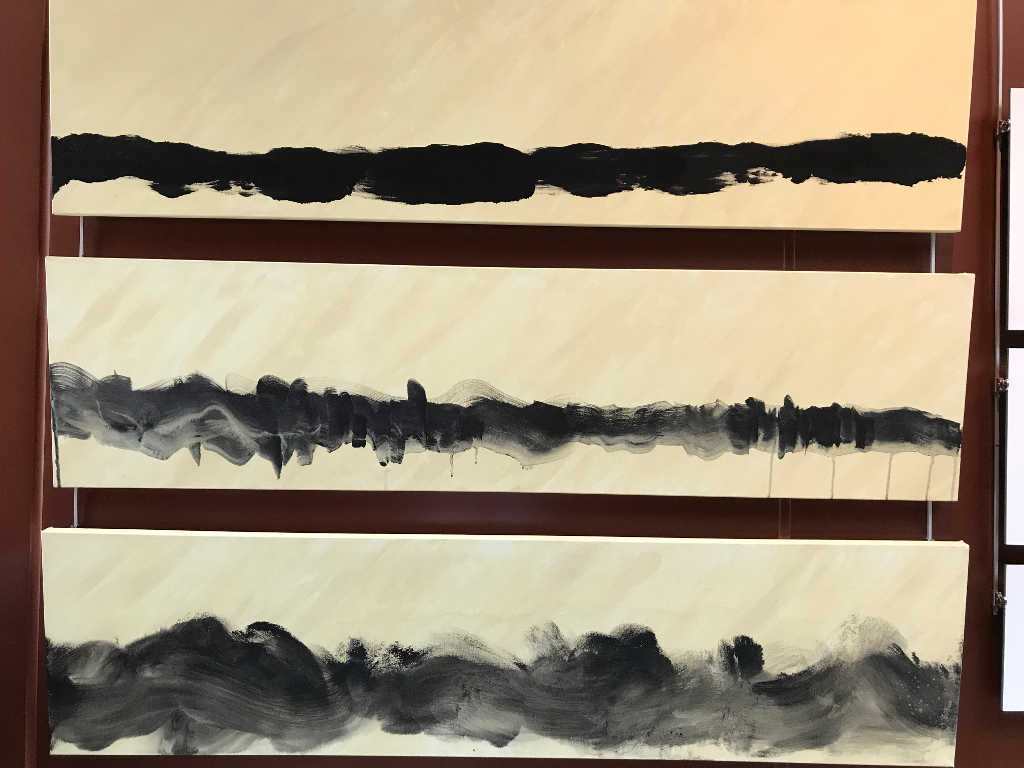Between 2001 and 2009, I reviewed five military-themed books for the Military Review, a professional journal associated with the Army’s Combined Arms Center at Fort Leavenworth, Kansas. As I remember, I chose the books from a list of titles offered by the book review editors. I enjoyed all the books and appreciated the chance to write about them. Looking back at them now, I like to think my writing holds up, as well as my judgments. The books I reviewed are all non-fiction, not the fiction and poetry that Time Now specializes in, but reviewing them sowed some of the seeds that would eventuate in Time Now when I began it a few years later.
Below are short synopses of each review, along with a pull-quote from my review (not the book being reviewed). Most of the reviews are available in the Military Review archive here, but in most cases you’ll have to scroll through the back issues to find them. That’s not a bad thing, actually; my own scroll reminded me how interesting and trenchant were so many of the articles and book reviews written during the peak years of the wars in Iraq and Afghanistan. Good job Military Review–noted and appreciated. In a couple of cases, I’ve provided a direct link or a picture.
1. Jan-Feb 2001 FIRE IN THE NIGHT: Wingate of Burma, Ethiopia, and Zion, by John Bierman and Colin Smith (1999)
My first Military Review article was on a biography of the charismatic World War II British commando Orde Wingate. The focus on this proto- special-operator proved prescient, as the role of Special Forces in the GWOT wars-to-come expanded in controversial ways. A pull-quote speaks to the tension:
To his critics, Wingate’s forces produced few tactical victories and contributed little to operational or strategic success. To his fans, Wingate was a gadfly who restored initiative and energy to his units and a visionary who accurately foresaw the shape of future wars. His critics counter that Wingate was a shameless self-promoter whose antics created antagonism that detracted from overall mission accomplishment. His premature death in Burma in 1944 gave his life a tragic aura of greatness cut down in its prime–or just short of it.


2. May-June 2001 THE BOER WAR GENERALS, by Peter Trew (1999)
My second Military Review review also pointed forward to the upcoming wars, as I pinpointed the difficulty faced by conventional armies fighting against a fully-mobilized insurgent force.
The Boer War Generals suggests just how determined an army has to be to defeat an opponent totally mobilized for self-defense, fighting on its own turf and reliant on unconventional tactics.
3. Nov-Dec 2007 BUDA’S WAGON: A Brief History of the Car Bomb, by Mike Davis (2007)
My third review came a few years later, just before my own deployment to Afghanistan. Buda’s Wagon was written by the noted radical historian Mike Davis (who recently died, RIP). It brings back the horrible memory of how defenseless were US forces against the IED and Vehicle-Borne IED threat in Iraq:
For the serving military professional, Buda’s Wagon places into historical and contemporary focus a weapon that, along with the roadside bomb and the sectarian execution, has shaped the face of battle in Iraq and Afghanistan.
Implicit in his commentary is that American political and military leaders might have better anticipated that our enemies would employ these readily available and profoundly modern weapons to disrupt our plans and operations.
4. Sep-Oct 2008 SECURING THE STATE: Reforming the National Security Decisionmaking Process at the Civil-Military Nexus, by Christopher P. Gibson (2008)
Securing the State was written by US Army Colonel Chris Gibson, who was then a brigade commander in the 82nd Airborne Division, later was a two-term US Congressman, and is now president of Sienna College in New York. In 2002, I replaced then-Major Gibson as the Executive Officer of 2-14 Infantry Battalion, 10th Mountain Division.
Colonel Gibson argues that the U.S. government lacks sufficient institutional structures and protocols to ensure that its “civil-military nexus” functions efficiently and effectively.
As war with Iraq loomed, for example, Gibson claims that the Joint Chiefs of Staff found themselves in such a subordinate and deferential position vis-à-vis Secretary of Defense Donald Rumsfeld that they were unable to communicate wise military advice, unfiltered by the Secretary’s political and personal biases, to the president and the Congress, the nation’s elected leaders. Nor were military leaders allowed to develop plans as prudent, detailed, or as fully resourced as required for success in Iraq.
Here is a direct link to my review of Securing the State.
5. Jan-Feb 2009 TERRORISM FINANCING AND STATE RESPONSES: A Comparative Perspective, edited by Jeanne K. Giraldo and Harold A. Trinkunas (2007)
This review explored a wonky and still murky and still important subject.
…the book plumbs the murky financial infrastructures and processes of terrorist organizations such as Al-Qaeda and the Taliban. Therein lies the book’s value, as well as tactical and strategic possibilities.














